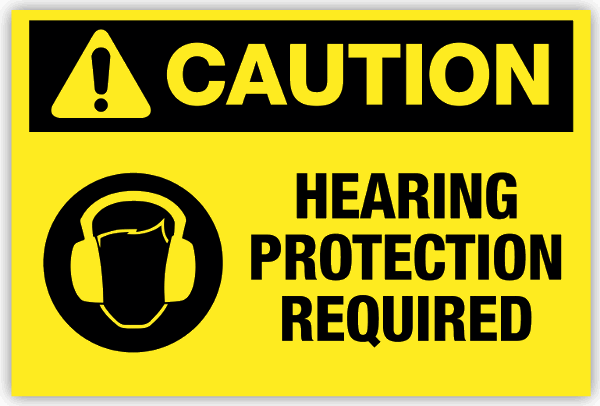What is NRC?
NRC stands for Noise Reduction Coefficient and is a standard rating for how well a material absorbs sound. The NRC rating of a material can be viewed as a percentage. For example, an NRC of .75 means 75% of the sound energy that contacts that material is absorbed and is not reflected back into a room. Likewise, this same material can be considered to be only 25% reflective.
NRC is often thought to be a figure just used for rating acoustic products. In reality, every material in our environment has an impact on acoustics and can be tested for an NRC rating. Proper design of a modern concert hall even accounts for the NRC of the air in an auditorium!
The NRC figure ranges from 0.00 (perfectly reflective) to 1.00 (perfectly absorptive). NRC is always expressed as a decimal, rounded to the nearest 0.05. For example, a thick, polished marble floor may have an NRC of. 00 (absorbs very little sound), while a 2” thick piece of SilentFiber can have an NRC of .95 -1.00 (very absorbent).
While no material is truly 100% reflective (the marble floor above is .01 absorptive, which is rounded to zero for NRC), some materials can have an NRC rating greater than 1.00. How is this possible? The calculation of data used in the NRC calculation only accounts for 2-dimensional measurements of the material being tested – length x width. In reality, objects also have depth, which increases a material’s actual surface area available for sound to encounter. A 2” thick x 1 square foot piece of material mounted to the surface of a wall is considered to be one square foot. However, the total surface area exposed to sound is 1.66 sf. This is sometimes called “the edge effect”. To offset this, a true NRC test requires a large singular sample of the material being rated, so that any exposed edge is relatively small compared to the total face size. In some cases, material edges are covered with metal to keep rating conservative.
PRO’s of NRC ratings:
- The standard is widely known and used
- The NRC figure enables simple comparisons of different materials
CON’s of NRC:
- NRC ignores performance at frequencies below 250 Hz, or above 2KHz.
- NRC is only relevant for comparing absorption in the frequency range of human speech.
- NRC is an average of absorption at only four frequencies (250, 500, 1,000 and 2,000 Hertz). Materials with the same NRC rating can ‘sound’ very different!
- NRC alone does not provide sufficient information for choosing materials for a recording studio, home theater, music performance space, or any environment where absorption performance at high and low frequencies matters.
So, what does NRC mean to me?
A room that is considered ‘loud’, ‘reverberant’, or ‘echo-ey’ generally needs additional sound absorption. Materials with an NRC rating of .75 or higher are generally considered highly absorptive, and will yield the greatest improvement with the least amount of material. Popular examples include Fiberglass or Mineral Wool Board (such as SilentFiber products).
Typical ‘acoustic’ ceiling tiles have an NRC of .55-.65 or less. These materials alone are often insufficient for achieving good acoustic conditions. High NRC ceiling tiles like SilentCeiling offer significantly better absorption for spaces where acoustics are important.
Typical carpeting and drapes are often thought to be good absorbers of sound, but surprisingly many have an NRC of 0.35 or less. These materials predominantly absorb high frequencies, while leaving middle and low frequencies unaffected. A “boomy” room will never be fixed by adding carpeting and drapes!
For the NRC of acoustic fiberglass and mineral wool materials as used in our Silent Fiber products: http://www.bobgolds.com/AbsorptionCoefficients.html
